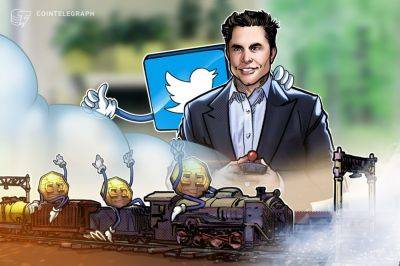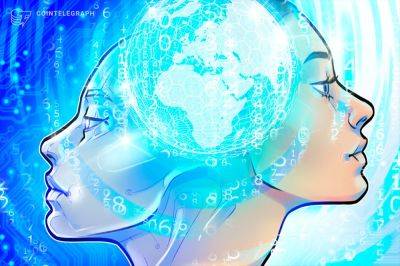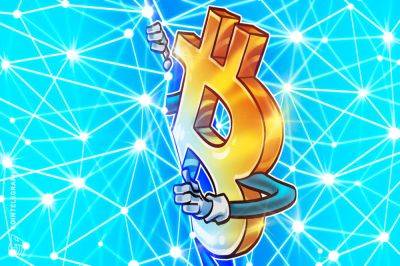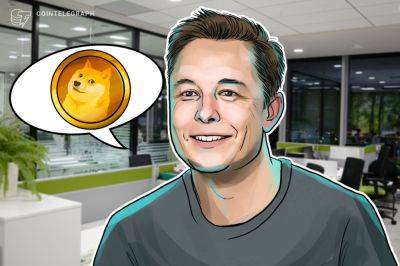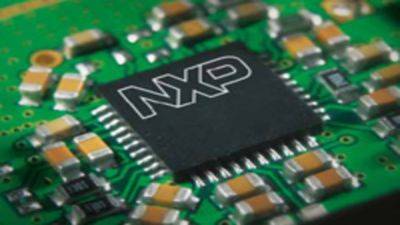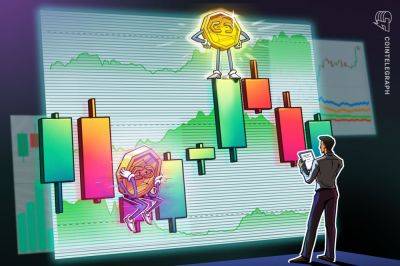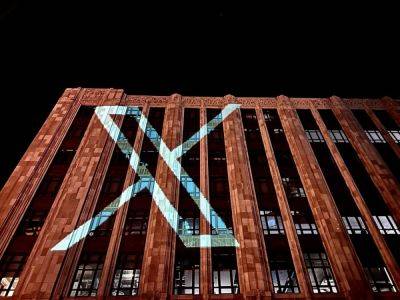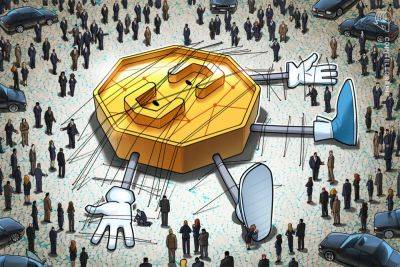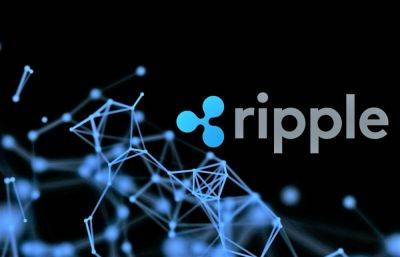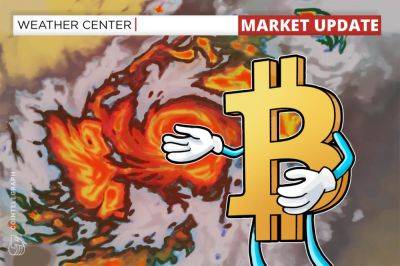When student debt payments restart, your loan type will make a big difference
The looming end of a pandemic-era pause to student loan payments and interest puts a spotlight on a big difference between two types of debt: subsidized and unsubsidized loans.
Interest accrual is among the primary differences between the federal loans — also known as Stafford Loans — which are for the cost of higher education.
Direct Subsidized Loans are available to undergraduate students who demonstrate a financial need.
They don't accrue interest while a borrower is in school (at least half-time) or during a six-month grace period after leaving school. The loans also don't accrue interest during deferment, a period when payments are postponed due to unemployment or economic hardship.
The U.S. Department of Education pays the interest on subsidized loans in these instances.
Here's a look at other stories offering a financial angle on important lifetime milestones.
However, that protection isn't available for Direct Unsubsidized Loans, which are available to a broader group of borrowers (including graduate students) and are not based on financial need.
Interest on unsubsidized loans starts accruing immediately and borrowers are responsible for interest amassed during all periods — making this debt more expensive than subsidized loans.
In some cases — after a deferment, for example — unpaid interest on unsubsidized loans may "capitalize." When this happens, unpaid interest is added to the loan's principal balance; future interest is then calculated off that higher principal, thereby increasing future interest payments.
Borrowers can carry both subsidized and unsubsidized loans, which have different borrowing limits.
About 30.3 million borrowers had subsidized Stafford Loans as of March 31, with an average balance of
Read more on cnbc.com

